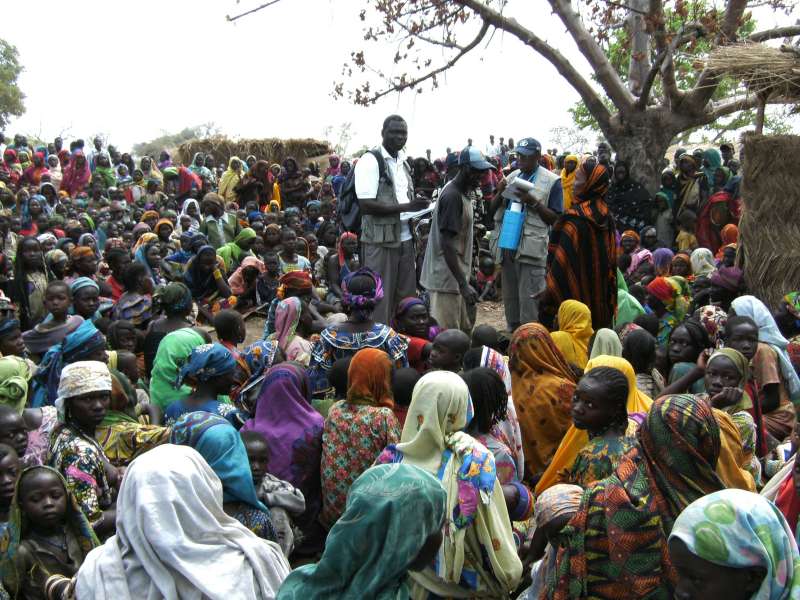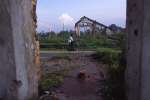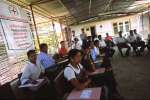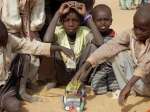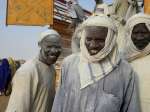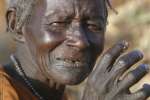- Text size
 |
|  |
|  |
| 
- Français
UNHCR transfers hundreds of Central African refugees to Chad refugee camp
News Stories, 7 May 2010
N'DJAMENA, Chad, May 7 (UNHCR) – UN refugee agency staff in southern Chad have begun transporting around 1,100 newly arrived refugees from the Central African Republic to Moula Camp, where they can receive proper help.
The refugees fled the latest wave of violence to sweep their home region of Sido in northern Central African Republic (CAR) and sought shelter across the border in Chad's Moyen Chari province two weeks ago. Government troops have been fighting rebel fighters in Sido.
"We are relocating them to the Moula camp some 180 kilometres further south-west [of their crossing point]," a UNHCR spokesperson said on Friday. "We moved the first group of 204 refugees on Wednesday and we plan to complete the transfer by early next week."
Because of poor road conditions, it takes an entire day for a UNHCR convoy to reach Moula, which currently holds more than 4,000 Central Africans.
Most of the newly arrived refugees are women, children and young men. They asserted that the fighters were looting, stealing animals and abusing civilians in Sido.
"Two refugee men showed our staff rope burns on their elbows. Some among the group are traumatized and say that they are not ready to return to CAR. They also reported that their villages were virtually empty by the time they fled," the UNHCR spokesperson said.
The continuing army offensive in the Sido area has been under way since mid-April. UNHCR does not have figures for the total number of people displaced, but in the last few days reports indicate a new displacement of around 2,500 civilians.
About 1,000 of these have reached a site for internally displaced people in the town of Kabo, 400 kilometres north of the CAR capital, Bangui. They lack water, food and shelter, although some are living with relatives. Others are hiding in the bush and more could try to cross into Chad.
Insecurity in northern CAR over the past five years has left close to 200,000 people internally displaced in the seven prefectures of the north-western, northern and north-eastern regions of the country. A similar number of people have fled to neighbouring countries.
